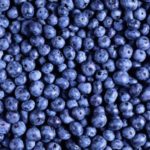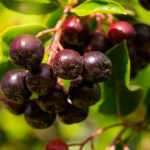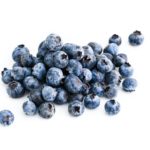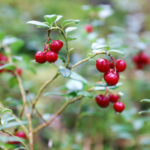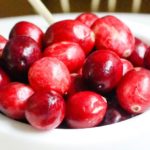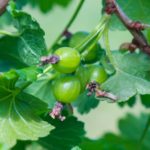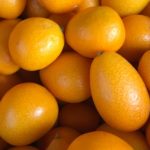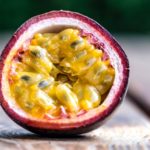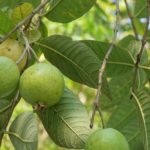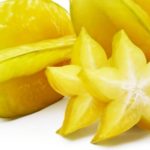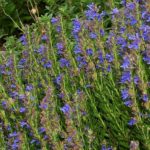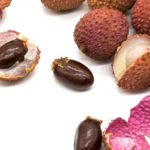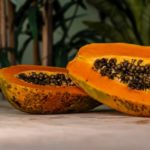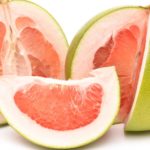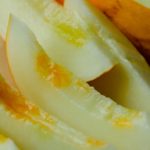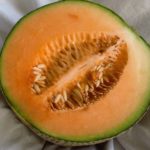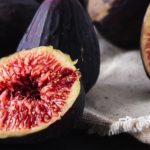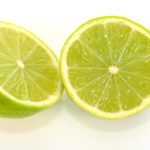10 Facts About Bilberry – Interesting and Useful Facts
A bilberry plant is a small, 16-inch long shrub that grows in the woods and forest meadows of Europe, Asia, and mountain areas of North America. The leaves are oval while flowers are small and either white or pink. Bilberry is a relative of the blueberry, cranberry, and huckleberry. Commonly referred to as the “American Blueberry”, the bilberry has had its own significance since prehistoric times. Now let’s move forward and check these ten interesting facts about the bilberry. Here are the 10 facts about bilberry.
10 Facts About Bilberry
- Bilberry fruit is dark purple and ripens in summer. It is popularly used in modern herbal extracts.
- In the history of European herbalists, bilberries have been used for over a thousand years in solving many medical problems such as urinary tract infection, kidney stones, and diarrhea.
- In modern times, bilberries proved their worth during World War II. This plant was treated as a healing source. The British Royal Air Force pilots noticed that they were getting better and had sharper night vision if they were eating bilberries before going out to start their evening bombardments.
- Studies have shown that bilberries contain antioxidants that help in protecting the eyes and other parts of the body against unstable oxygen or free radicals.
- Today, bilberry is considered the most popular supplement for poor vision, cataracts, or macular degeneration.
- Another fact – bilberry also contains other important healing substances like tannins that help in treating diarrhea, sore throat, and mouth infection.
- The major components of bilberry fruit are anthocyanidins, which help build strong capillaries and improve blood circulation to all areas of the body.
- Another fact – bilberry prevents blood platelets from clumping together.
- Not only the fruit, but bilberry leaves also are quite effective as medicine. When used in extract form or as tea, it helps reduce coughing and mild infection in your throat and mouth.
- Apart from its considerable medicinal importance, bilberry is also eaten as fresh fruit. You can use this fruit as a dessert as well as in coloring wine, and preserving jam, liquor, and wines.
Hope you enjoy these ten facts about bilberry.

